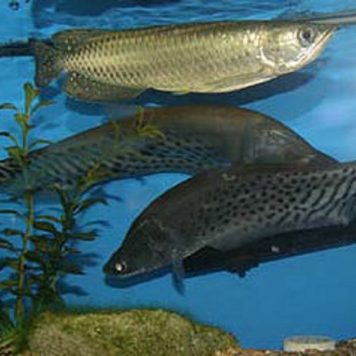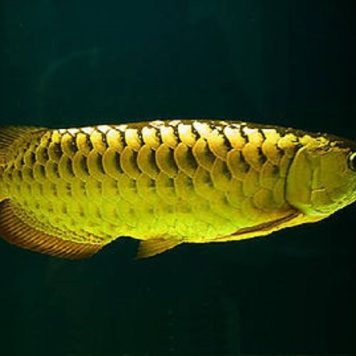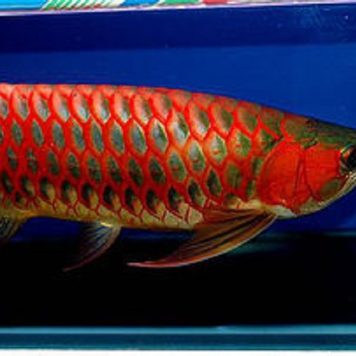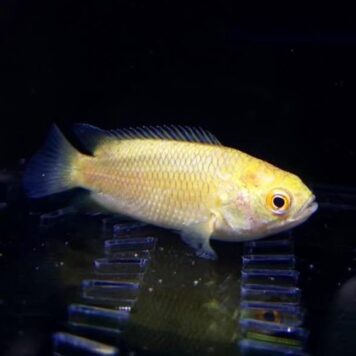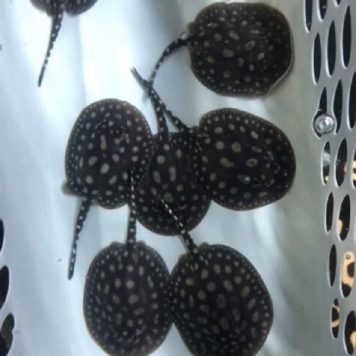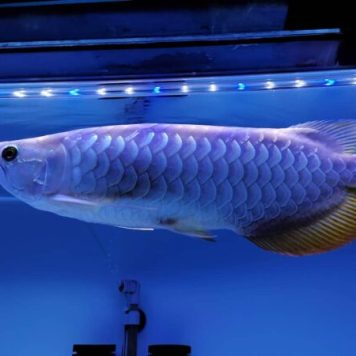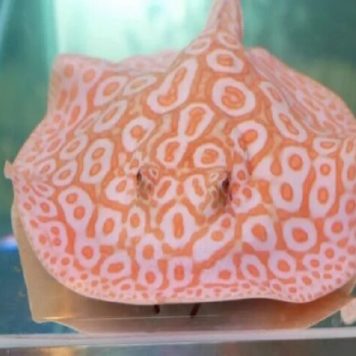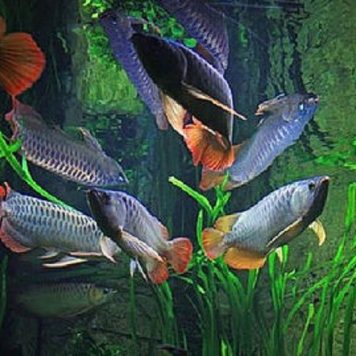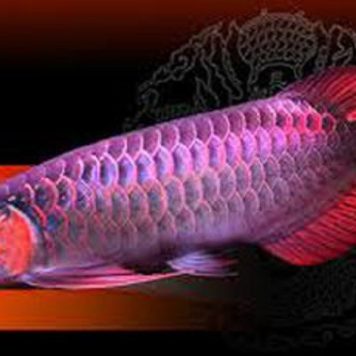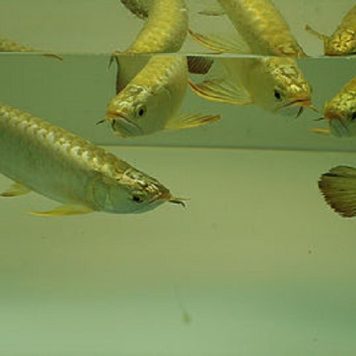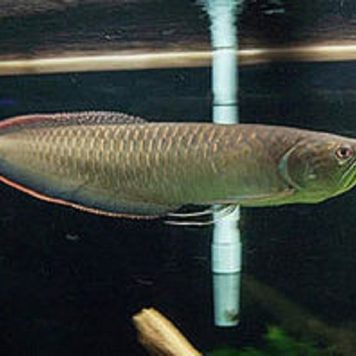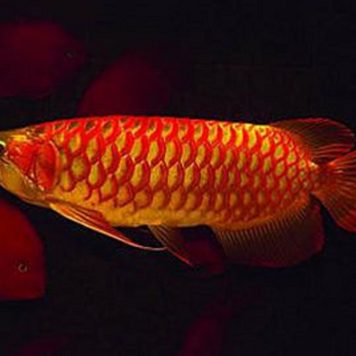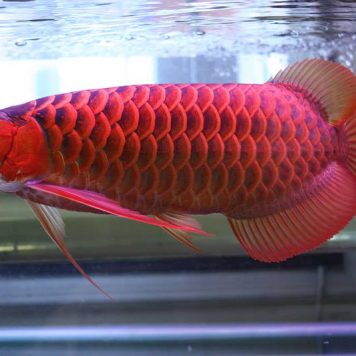Arowana for sale, the perfect home to buy Arowana
Arowana for sale in the USA is freshwater fish. They also go by the name Super Red Arowana.
The Arowana fish family, sometimes referred to as bony tongues, includes them. Arowana fish have a bony head and a long body covered in large, weighty scales with a pattern of canals. The dorsal and anal fins have long rays, while the pectoral and ventral fins are small.
Arowana fish
The name “Asian Arowana for sale” originates from the toothed bone in the mouth called the “tongue”. This bone has teeth that bite against the teeth on the roof of the mouth. The Super Red Arowana can breathe air by filling its swim bladder, even though it usually breathes underwater. These fish have a life span of over 20 years, Buy Asian Red Arowana.
- Buy Arowana
- Blue Arowana
The Colorful fish
Arowana is an incredibly colorful and beautiful fish, and the reason people choose red arowana price is cool.
Arrowana for sale grows up to 90 cm (35 in) all out length. Like all Scleropages, Asian Arowana has long bodies, and large, prolonged pectoral balances.
The mouth is sideways with a freakily wide expansion. The distinct lower jaw has two barbels at its tip. The gill rakers are strong. Asian Arowana bears teeth on a huge number of the mouth, including the jaws, vomer, palatines, and tongue.
Arowana for sale
Asian Arowana scales are enormous, cycloid, and, in certain assortments, metallic-shaded, with a telltale mosaic example. Price of Arowana arranges its scales in flat lines, numbers them from bottom to top, and assigns dorsal scales.
Green Arowana are dark green on the back, silvery or golden green on their sides, and silvery or whitish surface. Fish Arowana price, the top of the eye, and the head behind the eye are bright emerald.
Both silver arowana for sale and yellow-tailed silver Asian Arowana are dark grey on the back. Silver on the sides, with dark ring patches on the lateral scales and a silvery or whitish belly. In yellow-tailed specimens, the fin membranes are yellowish with dark grey rays. In grey-tailed specimens, the fins are uniformly dark grey.

